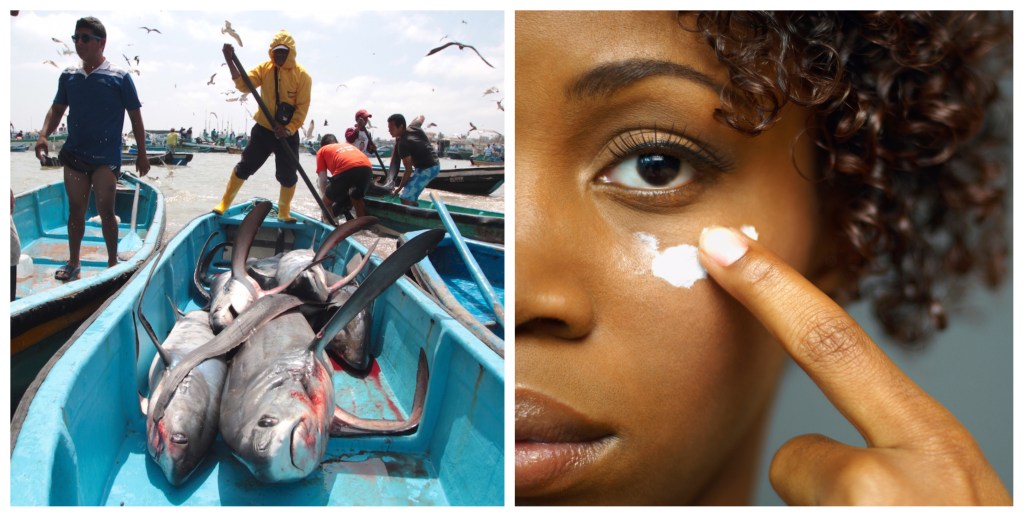An oceanic whitetip out for a cruise, by Michael Aston on Flickr
A footnote to the findings last week that 100 million sharks are killed each year was that five key species were up for additional trade protections at the CITES conference in Bangkok. Good news: Those five sharks, which are seriously threatened by overfishing, have been voted into CITES appendices, pending finalization on the last day of the conference.
The shark species include the oceanic whitetip; the trio of scalloped, great, and smooth hammerheads; and porbeagles. Both the scalloped and great hammerheads are listed as endangered by the IUCN, while the others are listed as vulnerable; the population of all five is decreasing, thanks to overfishing and a lucrative fin trade.
Videos by VICE
While all five were only listed on CITES Appendix II, which requires regulation, not banning, of their trade, it’s still a huge step. CITES has long been criticized for not focusing strongly enough on marine life, despite our oceans being almost universally threatened by human causes. Indeed, only three shark species are currently listed by CITES, despite the massively unsustainable trade in shark species worldwide.
In fact, the sharks in question have been proposed for addition to CITES since 1994, but have long faced opposition from Japan and China. Barring a last-minute move to overturn the motion, that they’ve finally been added to CITES rolls signals a step towards better coverage of marine life.
A porbeagle on display at a market, by Pedro Figueiredo on Flickr
That shift has been fueled by South American and West African countries, whose shark stocks have long been depleted by international overfishing and who have become more vocal proponents of conservation protections.
“They’ve come to realise, particularly for those with hammerhead stocks, the tourist value of these species and the long term future that will be protected by a Cites listing,” Dr. Colman O’Criodain of WWF International told the BBC.
It’s rather disappointing that the two endangered hammerhead species weren’t immediately listed on Appendix I, which would completely ban trade in them, but regulating the trade–which requires that importing and exporting nations issue trade licenses and that fisheries be sustainably harvested, and which allows for trade sanctions to be handed down to offending countries–is huge. European CITES nations have also pledged to help fund poorer nations’ efforts to implement a regulatory framework to their trade.
Sharks weren’t the only winners today, by the way. Manta rays, whose gill plates are prized in traditional medicine (sensing a trend here?), have also been listed on Appendix II.
The added protections are being heralded as huge and historic for sharks, which, when you consider how poorly protected these species have been in the past, is true. But not completely banning the trade in an endangered species is frustrating, as there’s little room for error in setting up a sustainable trade–that is, if you even agree that a trade in an endangered species could be sustainable. Still, the protections announced today should help quell what’s until now been a lucrative free-for-all. More importantly, it suggests that CITES parties, including Japan and China, might actually start protecting our oceans.




